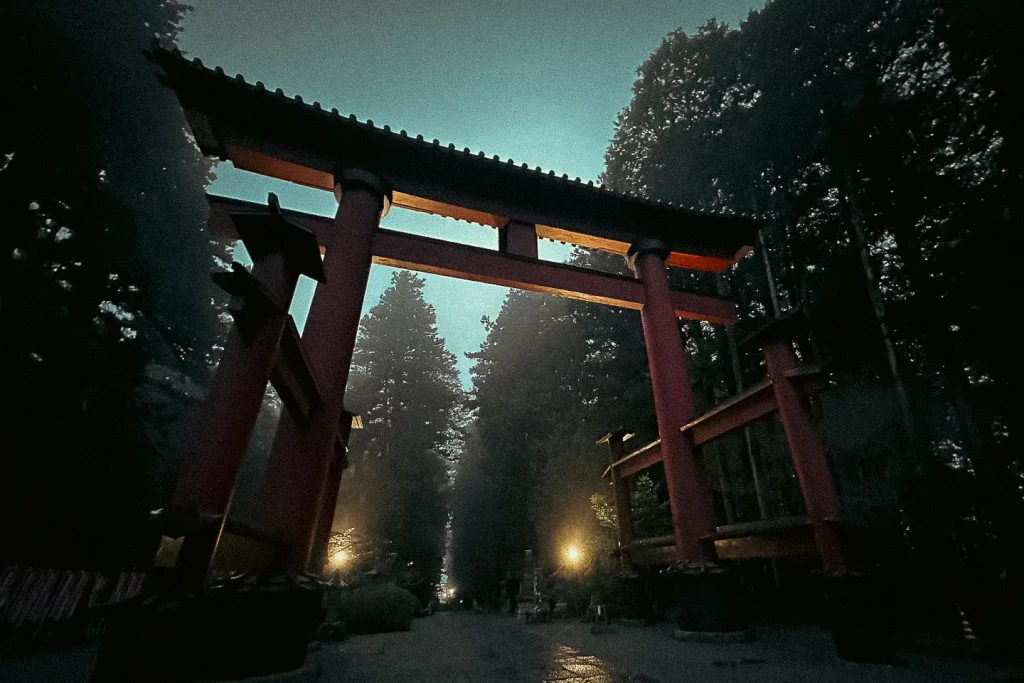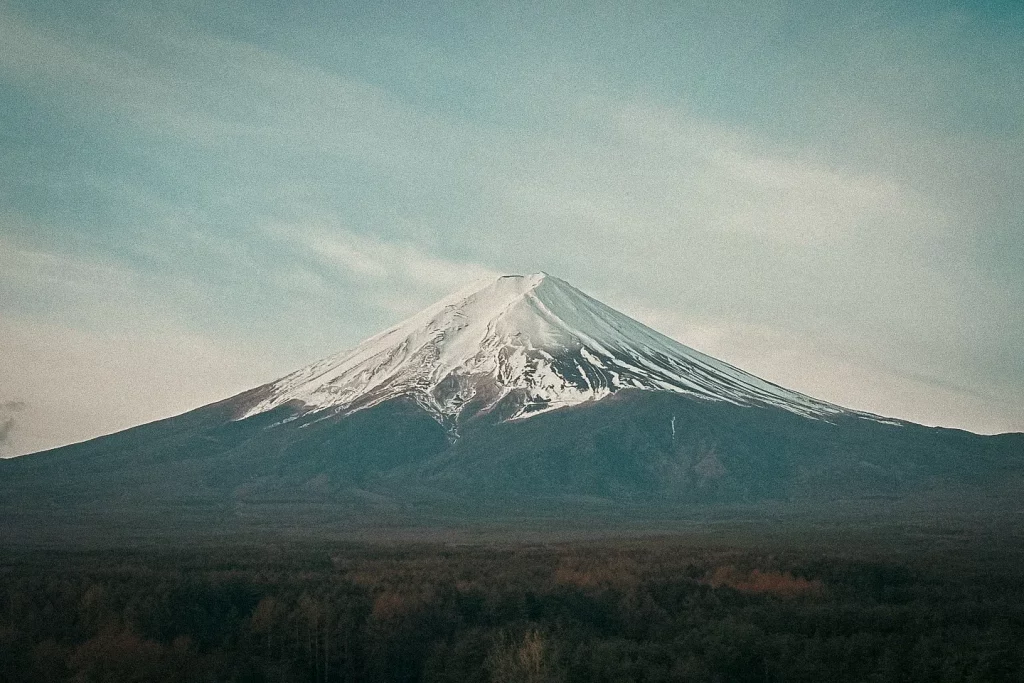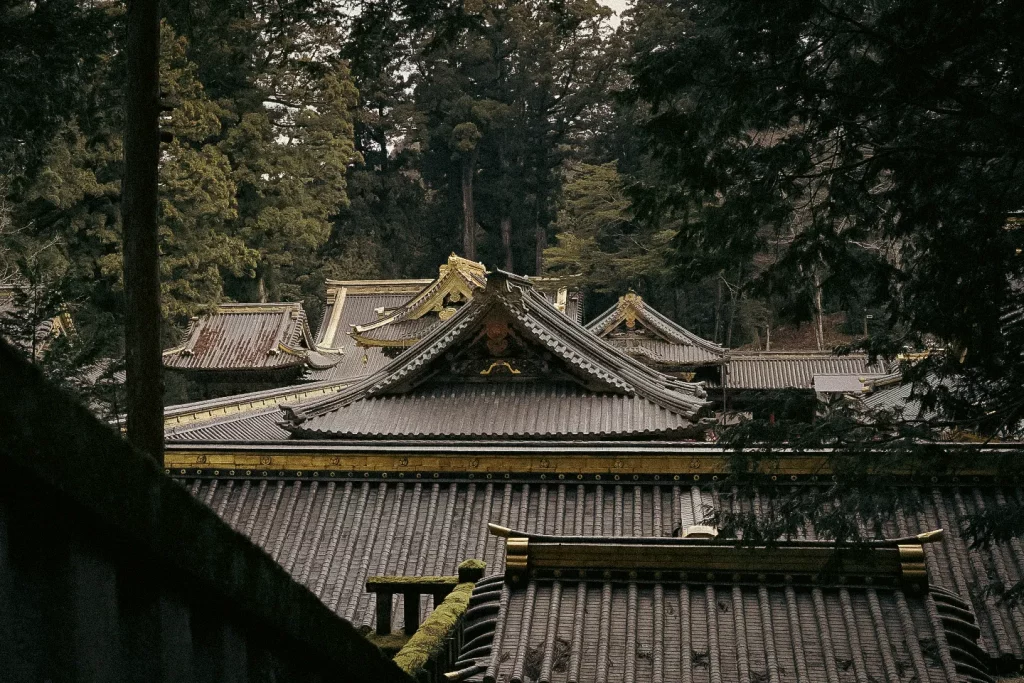Yūgen
幽玄


The concept of Yūgen is a captivating enigma within Japanese aesthetics. In its literal translation, it suggests notions of “darkness,” “depth,” or “mystery.” Yet, in contemporary understanding, Yūgen finds its dwelling in the realm of the subtle and the profound, those elements that only reveal themselves upon closer inspection, like well-guarded secrets whispered to the discerning.
Yūgen encompasses the art of vanishing details and the gentle dance of hinted transitions. It is the essence of a sunset cloaked behind a forested mountain, a ship that silently dissolves into the mist on the distant horizon, flocks of birds that gracefully disappear into the embrace of the clouds, or the elusive shapes and forms that materialize within the sinuous plumes of smoke. All these phenomena serve as tangible examples of Yūgen.
The artist Katsuhiko Hokusai (1760 – 1849) merits special recognition in the context of Yūgen.
His artworks often bear an air of ambiguity, demanding prolonged contemplation before they divulge their intricate secrets, much like the layers of Yūgen itself.
In the context of our golf clubs, Yūgen may manifest in the subtle transition between a polished and a finely ground surface, or the delicate alterations in the direction of grinding tracks, meticulously crafted by a master’s hand.
It thrives in the diverse perspectives one can adopt when viewing the same object, giving rise to mesmerizing visual effects that exemplify the essence of Yūgen.


In its multifaceted, elusive nature, Yūgen beckons us to explore the profound beauty concealed within the depths of simplicity, reminding us that in the world of aesthetics, as in life itself, the most profound mysteries often lie beneath the surface, waiting to be uncovered by those who seek the subtle and the sublime.
